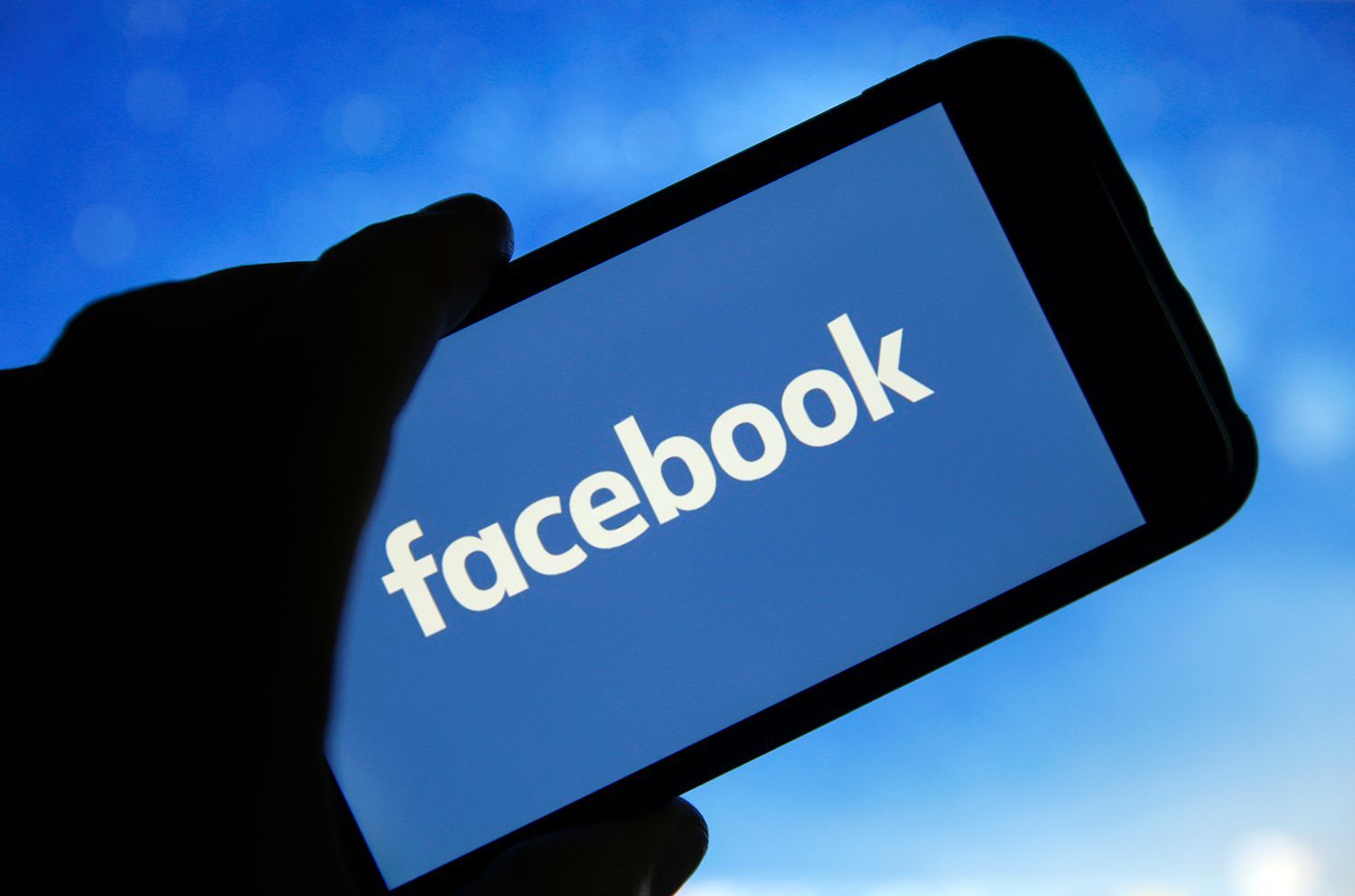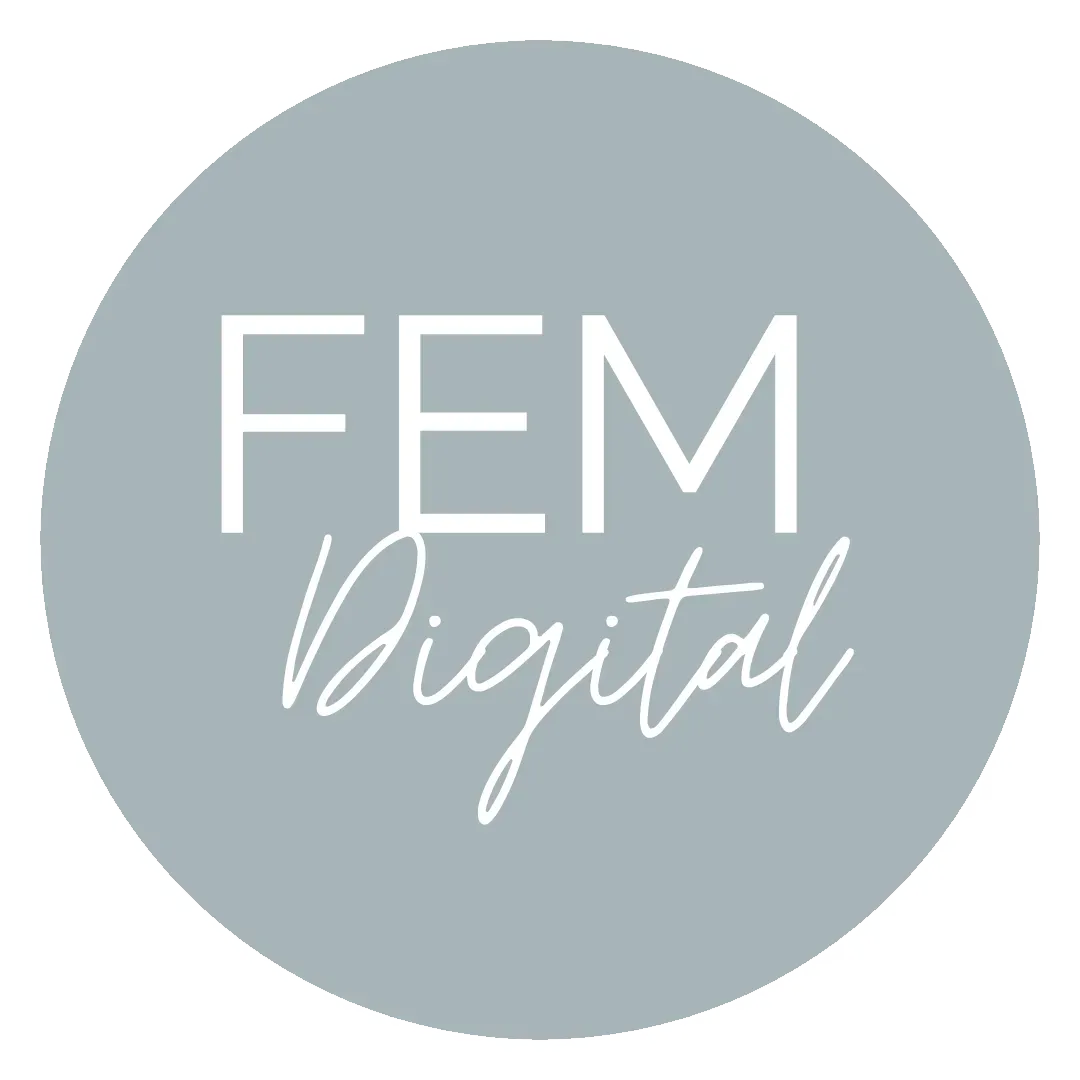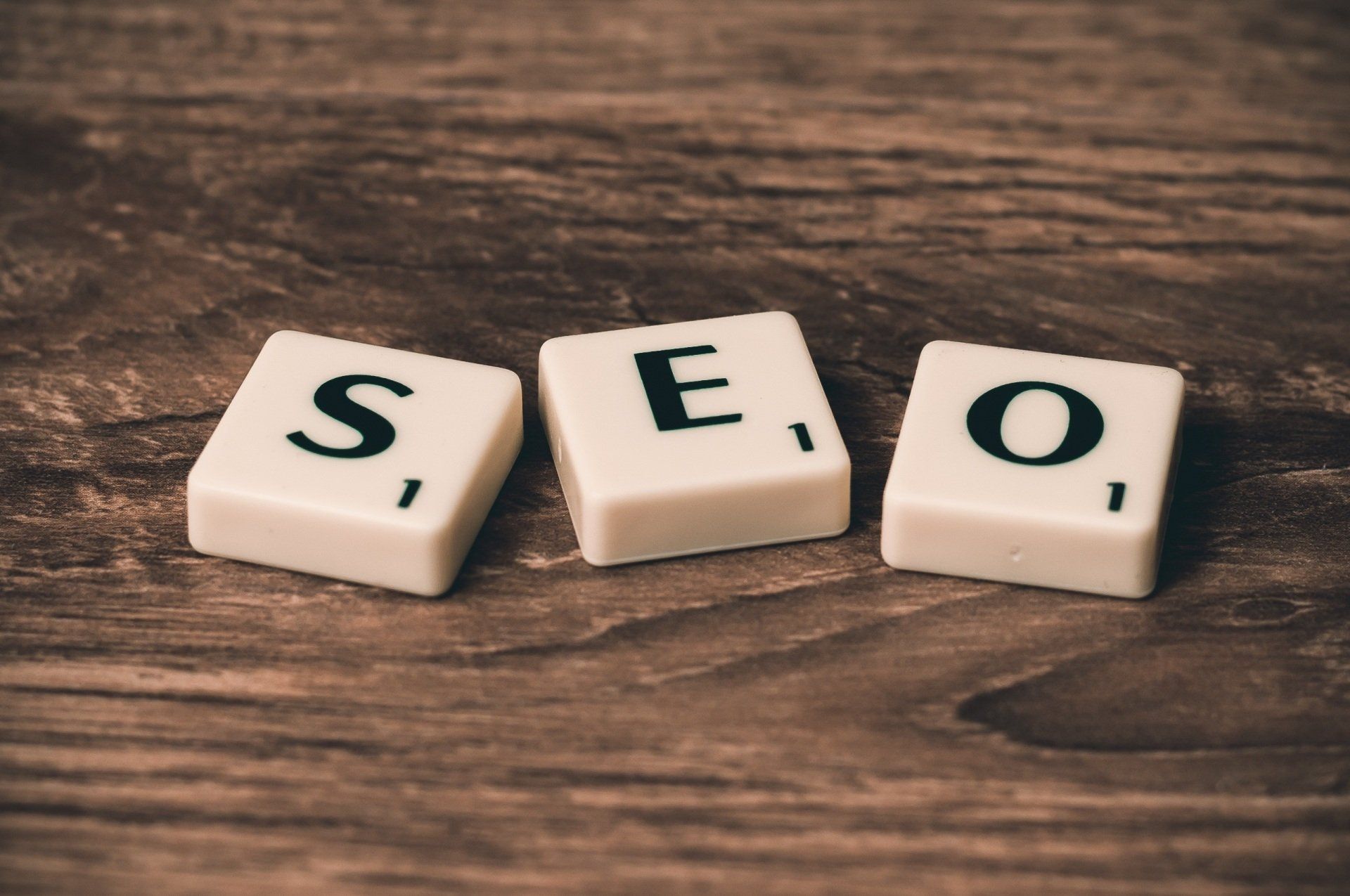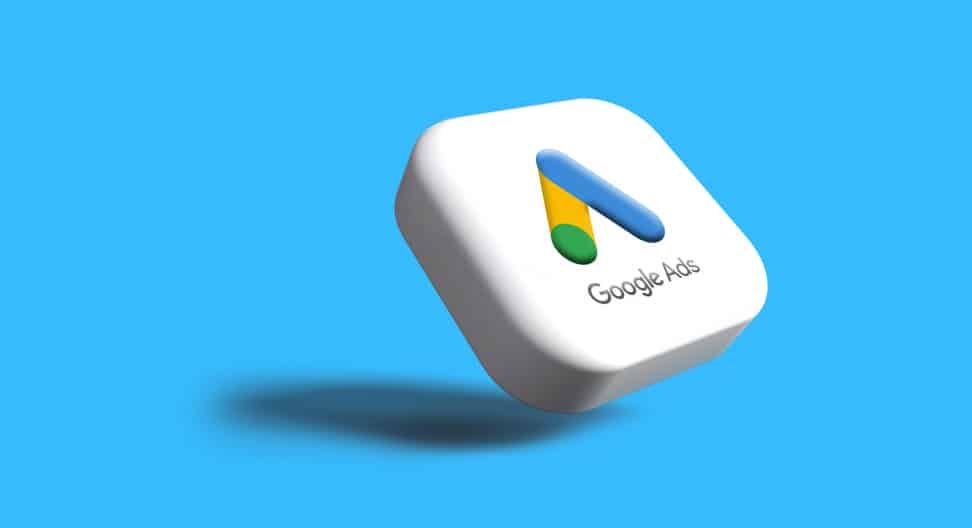Maximize ROI with Facebook Advertising Tips
Introduction to Facebook Advertising
Facebook Advertising is a powerful tool that businesses use to promote their products and services to a wide audience on the social media platform Facebook. This form of advertising allows businesses to reach potential customers in a targeted and cost-effective manner. By creating ads that appear in users' news feeds, businesses can increase brand awareness, drive website traffic, and boost sales.

What is Facebook Advertising?
Facebook Advertising is a way for businesses to create and display ads on Facebook to reach a specific audience. These ads can be targeted based on users' demographics, interests, behaviours, and more. Businesses can choose from various ad formats, such as image ads, video ads, carousel ads, and more, to effectively communicate their message to potential customers.
Why Use Facebook for Ads?
Using Facebook for advertising offers several benefits for businesses. With over 2.8 billion active users worldwide, Facebook provides a massive audience for businesses to connect with. Additionally, Facebook's targeting options allow businesses to reach their ideal customers based on specific criteria, ensuring that their ads are seen by the right people. Furthermore, Facebook's ad platform provides detailed analytics and insights, allowing businesses to track the performance of their ads and make data-driven decisions to optimise their campaigns for better results.
Understanding Your Target Audience
Knowing your target audience is crucial for successful advertising. Your target audience is the specific group of people that your product or service is designed for. By understanding who these people are, you can create ads that are more likely to resonate with them. Let's dive into how you can identify and reach your target audience on Facebook.
Who is Your Target Audience?
Your target audience consists of the individuals who are most likely to be interested in what you have to offer. This could be based on factors such as age, gender, location, interests, or behaviours. By defining your target audience, you can tailor your ads to meet their specific needs and preferences.
How to Find Your Audience on Facebook?
Facebook provides powerful tools that allow you to target specific audiences with your ads. You can use features like Custom Audiences, Lookalike Audiences, and detailed targeting options to hone in on the people who are most likely to engage with your content.
Custom Audiences let you target users who have already interacted with your business, such as website visitors or email subscribers. Lookalike Audiences help you find new people who are similar to your existing customers. And detailed targeting allows you to select specific demographics, interests, and behaviours to reach a more tailored audience.
By utilising these tools effectively, you can ensure that your ads are seen by the right people, increasing the likelihood of driving conversions and achieving a higher return on investment (ROI).
Creating Effective Ad Creative
When it comes to Facebook Advertising, one of the key elements that can make or break the success of your ad campaigns is the ad creative. Ad creative refers to the visuals and message you use in your ads to grab the attention of your audience and convey your message effectively. In this section, we will explore how to create compelling ad content that engages viewers and drives results.
What Makes a Good Ad Creative?
A good ad creative is one that stands out in the crowded social media space and resonates with your target audience. There are several key elements that can help make your ad creative more effective:
- Visually Appealing: Use high-quality images or videos that are eye-catching and relevant to your message.
- Compelling Copy: Craft a message that is clear, concise, and compelling. Use language that speaks directly to your audience's needs and interests.
- Call-to-Action: Include a clear call-to-action that tells viewers what you want them to do next, whether it's to visit your website, make a purchase, or sign up for a newsletter.
Examples of Great Ad Creative
Let's take a look at some examples of successful ad creatives to inspire you in your own campaigns:
- Carousel Ads: These ads allow you to showcase multiple images or videos in a single ad unit, engaging viewers with a variety of content.
- Video Ads: Video ads are highly engaging and can help tell a story or demonstrate a product in action.
- Testimonials: Featuring customer testimonials or reviews in your ad creative can help build trust and credibility with your audience.
By incorporating these elements into your ad creative and testing different variations, you can optimise your ads for better performance and ROI.
Budget Optimisation and Campaign Metrics
When it comes to running successful Facebook ads, it's essential to not only create compelling ad content but also to manage your budget effectively and track the performance of your campaigns through key metrics. Let's dive into how you can optimise your budget and understand important campaign metrics to ensure your ads are reaching the right audience and delivering the desired results.
How to Set Your Budget?
Setting a budget for your Facebook ad campaigns requires careful consideration of your goals, target audience, and overall marketing strategy. Start by determining how much you are willing to spend on ads and allocate this budget based on your objectives, whether it's to increase brand awareness, drive website traffic, or generate leads. Facebook offers different bidding options, such as Cost per Click (CPC) or Cost per Thousand Impressions (CPM), allowing you to choose the best approach depending on your campaign goals.
Key Metrics to Track
Understanding campaign metrics is crucial for evaluating the effectiveness of your Facebook ads and making informed decisions to optimise their performance. Some of the key metrics you should track include:
- Reach: The number of people who have seen your ad at least once.
- Impressions: The total number of times your ad has been viewed.
- Click-Through Rate (CTR): The percentage of people who clicked on your ad after seeing it.
- Return on Investment (ROI): The ratio of the net profit generated from your ad campaign to the total cost of the campaign.
By tracking these metrics and analysing the data, you can assess the success of your ad campaigns, identify areas for improvement, and make adjustments to optimise your budget allocation for better results.
Testing with Split Testing
In the world of Facebook Advertising, it's essential to constantly test and optimise your ads to ensure they are performing at their best. One powerful tool that can help you improve your ad performance is split testing. Let's dive into what split testing is and how it can benefit your advertising efforts.
What is Split Testing?
Split testing, also known as A/B testing, is a method of comparing two versions of an ad to see which one performs better. By running these experiments, you can determine which ad creative, copy, or targeting strategy resonates most with your audience. This allows you to make data-driven decisions to optimise your ads for better results.
How to Conduct a Split Test?
Conducting a split test on Facebook is a straightforward process. Here's a step-by-step guide to help you get started:
1. Define Your Objective: Start by determining what you want to test. It could be the ad copy, image, audience targeting, or even the call-to-action button.
2. Create Variations: Develop two or more versions of your ad with the specific element you want to test. Make sure to change only one variable at a time to accurately measure its impact.
3. Set Up Your Test: In Facebook Ads Manager, create a new campaign and select the Split Test option. Choose the objective, budget, and schedule for your test.
4. Monitor Performance: Once your ads are live, monitor their performance closely. Look at metrics like click-through rate, conversion rate, and cost per conversion to determine which variation is performing better.
5. Analyse Results: After the test has run for a sufficient amount of time, analyse the results. Identify the winning variation and use that insight to optimise your future ad campaigns.
By regularly conducting split tests on your Facebook ads, you can gain valuable insights into what resonates with your audience and continuously improve your advertising strategy for better results.
Conclusion
In conclusion, Facebook Advertising is a powerful tool for businesses to reach their target audience and achieve success. By understanding your target audience, creating compelling ad creative, optimising your budget, tracking important campaign metrics, and conducting split testing, you can maximise the effectiveness of your ads on Facebook.
Start Experimenting with Facebook Ads
Now that you have learned the ins and outs of Facebook Advertising, it's time to put your knowledge into practice. Start experimenting with different ad creatives, targeting strategies, and budget optimisations to see what works best for your business. Remember, success doesn't happen overnight, so be patient and keep testing and refining your ads to achieve the best results.
Final Tips for Success
As you dive into the world of Facebook Advertising, keep these tips in mind:
- Always keep your target audience in mind when creating ads
- Monitor and analyse your campaign metrics regularly to make data-driven decisions
- Don't be afraid to try new ideas and test different strategies to see what works best
Frequently Asked Questions (FAQs)
What is Facebook Advertising?
Facebook Advertising is a way for businesses to promote their products or services on Facebook through paid ads. These ads can appear in users' News Feeds or on the right side of the page.
Why Use Facebook for Ads?
Using Facebook for ads is beneficial because it has a large user base, which means your ads can reach a wide audience. Facebook also offers detailed targeting options to help you reach your specific target audience.
Who is Your Target Audience?
Your target audience is the group of people who are most likely to be interested in your products or services. Identifying your target audience is important because it helps you create ads that will resonate with them and drive results.
How to Find Your Audience on Facebook?
You can find your audience on Facebook using tools like Audience Insights, which provides information about the demographics, interests, and behaviours of Facebook users. This information can help you target your ads effectively.
What Makes a Good Ad Creative?
A good ad creative is visually appealing, has a clear message, and is relevant to your target audience. Including eye-catching images or videos and compelling text can help your ad stand out and engage viewers.
Examples of Great Ad Creative
Some examples of great ad creative include ads that tell a story, showcase the benefits of a product, or evoke emotions in viewers. Successful ad creatives often have a strong call to action that encourages users to take a specific action.
How to Set Your Budget?
When setting your budget for Facebook ads, consider factors like your advertising goals, the size of your target audience, and the competition for ad space. Start with a small budget and adjust as needed based on the performance of your ads.
Key Metrics to Track
Some key metrics to track when running Facebook ads include reach (the number of people who see your ad), impressions (the number of times your ad is displayed), and ROI (return on investment). Monitoring these metrics can help you understand the effectiveness of your campaigns.
What is Split Testing?
Split testing, also known as A/B testing, is a method of comparing two versions of an ad to see which one performs better. By conducting split tests, you can identify the most effective ad elements and optimize your campaigns for better results.
How to Conduct a Split Test?
To conduct a split test on Facebook ads, create two versions of an ad with a single variable difference (such as the image or headline). Run both ads simultaneously to the same audience and measure the performance of each to determine the winning ad.
Experience the FEM difference!
We invite you to join the FEM family with our long term clients.
Monday to Friday: 08:30 / 17:30
All Rights Reserved | FEM Digital 2023
Privacy & Terms


